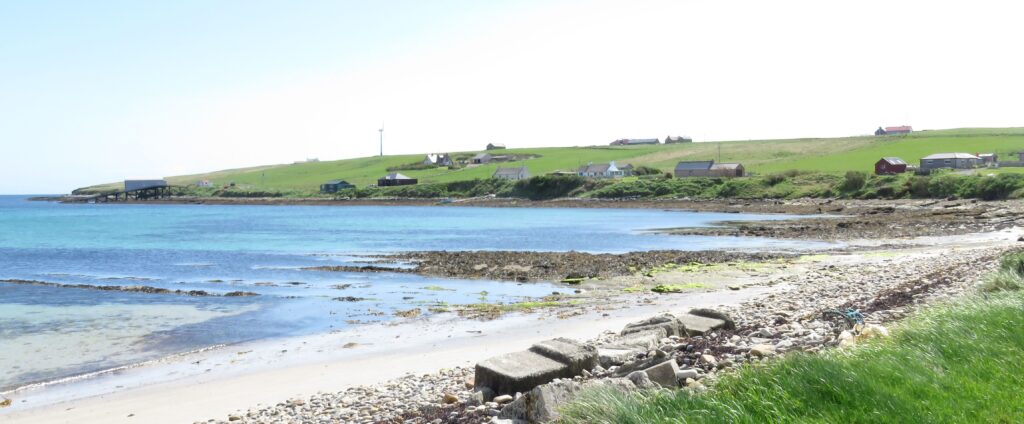I’ve recently been looking at death records for the North Walls and Brims area, Orkney, Scotland, and one of my questions was “Were there many who died as young children?”
I have a partial answer from the wonderful Populations Past website, the Atlas of Victorian and Edwardian Population. That site shows that in 1861 the infant mortality rate for the four islands of Hoy, Flotta, Graemsay and Fara was 43.82 deaths per 1000 live births. This was among the lowest in Scotland, with Glasgow/Barony/Govan recording 174.15 deaths per 1000 live births at the same period. Looking at early childhood mortality (deaths of children aged 1-5 per 1000) the figures for 1861 were 42.84 for the four islands , while Barony/Glasgow/Govan was 253.61. So in general, very low figures for the times.
What’s the detail for the children of North Walls and Brims?
Here I’m talking about the period 1855-1875, thus the first 20 years of civil registration of deaths, and looking specifically at part of the parish of Walls and Flotta. 29 of the 163 deaths in the area as a whole were children aged nine or under, so roughly 18%. The average age at death, taking the age stated on the death registrations (not always accurate), was just over 54 years of age.
The headline figures for infant and child deaths are as follows:
- 13 aged under one year (eight girls and five boys, including one set of twin sisters)
- 7 aged one to five years (one girl and five boys)
- 9 aged six to nine years (three girls and seven boys)
The cause of death was “unknown” or simply not recorded for just over half these children, 15 out of 29. Only two deaths were certified by a doctor, the cause of death in those cases was “water on the head” and hydrothorax. For the others, the cause of death was usually pre-fixed by “supposed”, eg supposed inflammation of the kidneys, so it is possible that a doctor had been in attendance at some earlier stage, though vagueness at times suggests otherwise.
As far as I can see, there was no resident doctor in Walls until the second half of 1875 so calling a doctor meant bringing someone over from Stromness or Kirkwall, the two towns in Orkney, or from St Margaret’s Hope (“the Hope”) , the village in the island of South Ronaldsay. Stromness was a two-hour sail away, Kirkwall slightly more and the Hope a little less maybe. Add in the cost and it’s not surprising that “no medical attendant” is a very regular comment in all deaths at this period. The lack of doctors in the Highlands and Islands generally was a big problem only really addressed by the formation of the state-subsidized (but not free) Highlands & Island Medical Service in 1913.
Infectious diseases
As well as infant mortality and accidental deaths, this was an area that particularly interested me from a stereotypical view of Victorian deaths. For the under 10s, there were four:
- Erysipelas – 1
- Whooping cough – 2
- Supposed scarlatina – 2
- Supposed diphtheria – 5
(There were no accidental deaths involving children 1855-1875.)
The human stories behind the figures
Looking at the death records, I became aware that 1871 was a terrible year for the area, particularly Brims, with eight deaths from scarlet fever/scarlatina or diphtheria in just two months affecting four families.
- 9 October – James Simpson, aged 7, supposed scarlatina. Son of John Simpson, deceased, and Christina Bremner, deceased. It fell to his 16-year-old brother John to register the death (parents died in 1868 and 1870).
- 14 October – Barbara Johnston, aged 9, supposed scarlatina. Daughter of Alexander Johnston and Christina Shearer. (Twin siblings died only days old the following year.)
- 16 October – Catherine Simpson, aged 11, diphtheria. Sister of James above. This death was certified by Dr [Adam] Gordon, St Margaret’s Hope. It is possible that due to the family’s situation his visit was paid for out of poor relief but the Walls records do not go back to 1871.
- 5 November – Donald Johnston, aged 5, supposed diphtheria. Son of William Johnston and Mary Campbell. 1st cousin of Barbara.
- 13 November – William Gunn, aged 8, supposed diphtheria. Son of Alexander Gunn and Ann Miller.
- 23 November – Robert Gunn, aged 2, supposed diphtheria. Brother of William above.
- 30 November – Donald Gunn, aged 2 months, supposed diphtheria. Brother of William and Robert above.
- 4 December – Alexandrina Gunn, aged 6, supposed diphtheria. Sister of William, Robert and Donald above. Only the family’s oldest living daughter was left.

Though there was no mention of these deaths in the local newspaper, I did find a note of a meeting in mid-November 1871 to discuss obtaining a resident doctor, a committee having been formed earlier but nothing done because of the harvest. “There are various circumstances now that render this step more imperative than ever”, stated the Longhope news in the Orkney Herald, 22 November 1871, p 2. Could it be that the tragic weeks in Brims acted as a catalyst for local effort to engage a doctor?
Context for my family
In 1871, my great grandfather James Nic(h)olson was a 24-year-old fisherman, living in Brims. He had lost at least two siblings already, both aged nine, a sister Isabella to whooping cough in 1849 and his brother John was the erysipelas death in 1865. His youngest sister Ellen, aged 10 in 1871, would have been a contemporary and probably a friend of the children listed above. The two Simpsons were related to my Ross ancestors a few miles away at Downatown. It’s impossible to gauge the impact on the whole community but there was nothing else remotely like this in the 20 years of death registrations that I studied.
These deaths, so close together in time and place, show how quickly an infectious disease might spread. In a more crowded (and less windy) place than Orkney the toll might have been much higher. But the six diphtheria deaths out of a population of a little under 600 represent around 1% of the population. Scale that up to a bigger place and the figures perhaps have a greater impact.
I have a talk on the general theme of mortality in my one-place study area that I recently delivered at The Genealogy Show, summer 2022 I would be happy to do a similar talk at other events. Just contact me.
A post of the theme of #OnePlaceChildren (Society for One-Place Studies prompt)


Really interesting, as usual.
Thanks for reading and commenting, it's much appreciated.
The tragedies people dealt with was sobering. That poor lad having to certify his brother’s death. Life may have been tougher for them but probably less risky in other ways than in the cities.
They were poor but life was healthier – more space, fresh food (fish, potatoes, swedes etc).